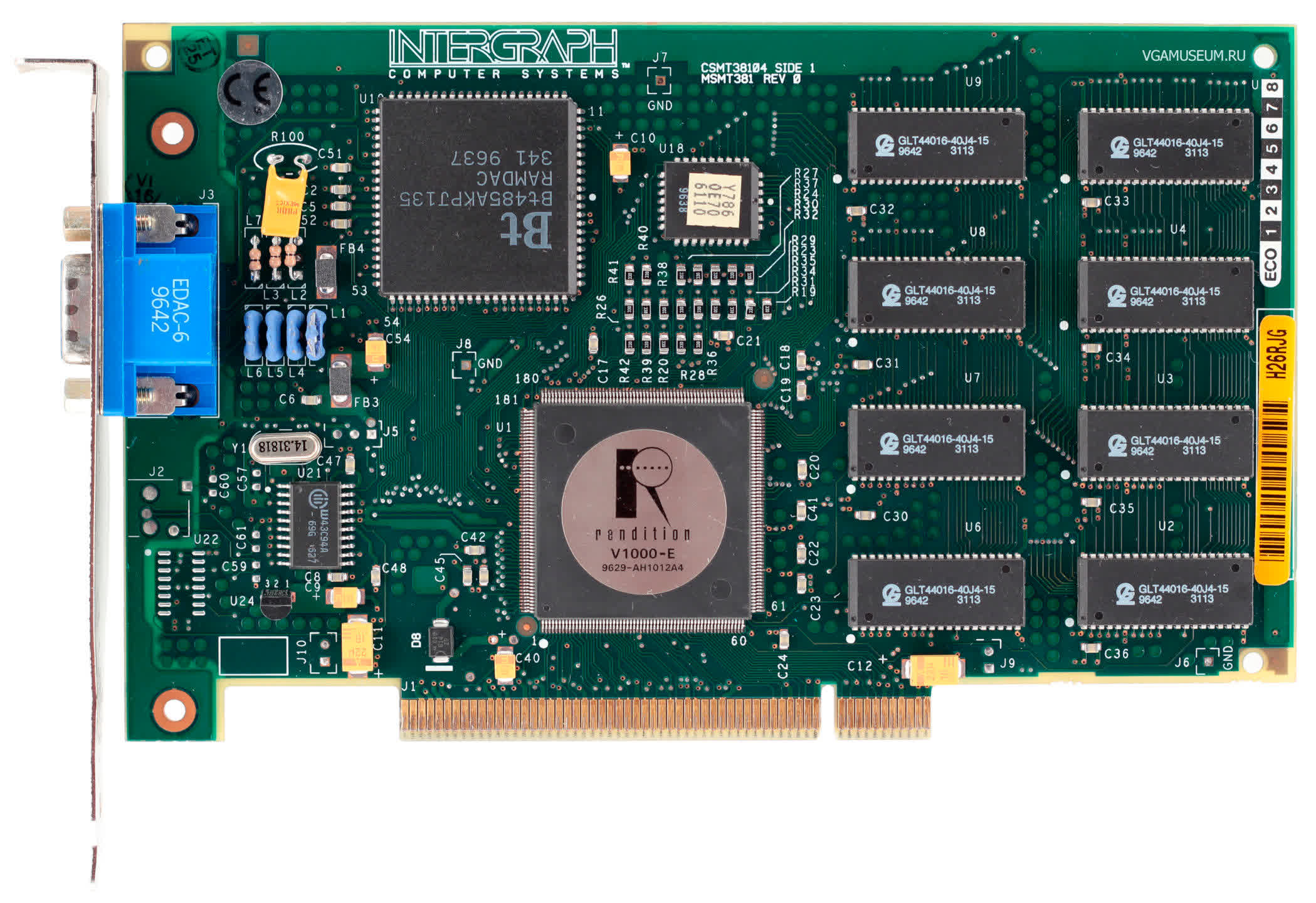Thirty years ago, PC gamers could choose GPUs from over 10 different makers. The fascinating story of Rendition is one of engineering brilliance and lost opportunities from the golden age of graphics. Plus, some easter egg content about TechSpot's history and how it all relates.
https://www.techspot.com/article/2598-rendition-graphics-history/
